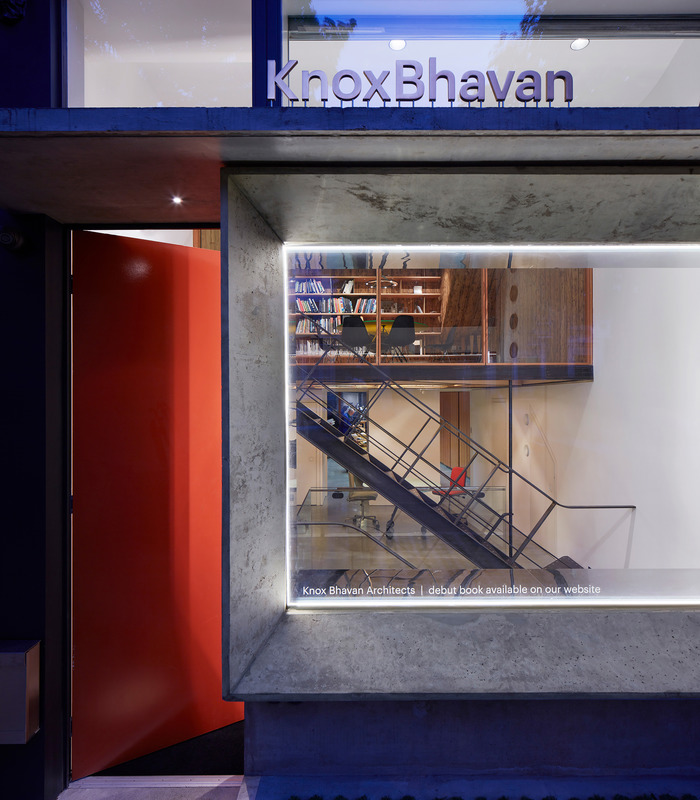The government has released a planning consultation on converting retail units to residential housing and adding extra storeys to existing buildings to create new homes. It has reignited the debate over the further extension of permitted development rights if it results in poor quality homes.
Widely reported pre-Budget briefings suggested that the Chancellor was going to make it easier to convert empty shops into homes. This does not essentially appear to be the case, although the consultation does refer to other permitted development (PD) proposals.

Entitled ‘Planning Reform: Supporting the High Street and Increasing the Delivery of New Homes’, the consultation was released by the Ministry of Housing, Communities and Local Government at the same time as the Treasury’s Budget documents. It proposes new PD rights for converting shops and retail outlets (use class A1) and financial services premises such as banks and estate agents (A2) to business use (B1).
None of those have anything to do with residential conversions. The only new PD proposal to allow shops to be converted in to homes is limited to hot food takeaways (A5). Furthermore, as RIBA Planning Group Chair Philip Waddy points out, PD rights for the conversion of A1 and A2 shops to residential use already exist, subject to prior approval and a floorspace limit of 150 square metres.
Given that local planning authorities are able to object to conversions on grounds of parking and highway-related issues, or in cases where conversion is seen as undesirable (in a key shopping area, for instance), there is certainly no blanket approval in place for the converting of high streets into residential areas.
Of potentially greater interest to architects are proposals to introduce a PD right to add extra storeys to commercial, residential and some other building types in order to create new homes. Two alternative approaches are put forward in the consultation document: allowing a building in a terrace (defined as two or more joined properties) to be raised to the level of the highest building; or allowing buildings to be raised to the ‘prevailing roof height’ in the locality, with this height to be set by the local planning authority.
The consultation suggests that design codes could be used to encourage take-up of these PD rights and to improve the design quality and acceptability of upward extensions. The added-height PD right would be subject to prior approval, but it may well be seen as a potential windfall for some property owners in high-value residential areas.
The government is also using the consultation to ‘explore the feasibility’ of more radical PD rights that would allow the demolition of existing commercial buildings and their redevelopment as residential ones, although this was not elaborated upon or accorded further detail.
The RIBA has already warned the government to avoid a repeat of previous failings of PD rights for the conversion of offices, which it says led to the development of many poor quality homes. While the government’s recent announcements certainly do not amount to a free-for-all on conversions from retail to residential, they do not send an immediately comprehensible message.
‘I think most of us are struggling to keep up with changes to Permitted Development Rights and this consultation adds to the confusion,’ states Julia Park, Chair of the RIBA’s Housing Advisory Group. ‘In principle, we can all agree that suitable new uses should be found for empty shops. And all reasonable efforts should be made to revitalise our high streets and town centres. But this needs to be managed and executed skilfully.’
‘A number of commercial buildings, including shops, would make good gyms or community facilities,’ she continues. ‘Some would make good homes. But to do this, they need to be in sensible locations, not randomly interspersed among retail units, bars, clubs, charity and betting shops. The consultation makes a number of references to “good design”, but how can that be assured unless proposals are subject to scrutiny through the planning process?’
Park says similar arguments apply to upward extensions. They can work and yield useful new homes, but there is a huge risk that streets are made less desirable destinations, not more.
‘It’s particularly worrying that no lessons seem to have been learned from the many terrible outcomes of office-to- residential PD conversions. A general overhaul of Planning Use classes is long overdue, but the continual sidelining of the planning system makes no sense at all. The answer is to improve and resource it so that it works better,’ adds Park.
Alongside the release of the MHCLG’s consultation came the promise from the Chancellor of £675m to help regenerate failing high streets via the new Future High Streets Fund; up to £55m of this fund will be reserved for ‘heritage’ high streets.
There will be a competitive bidding programme, in which local authorities will be expected to partner with the private sector for co-funded projects. A prospectus is expected before the end of the year, with expressions of interest to be invited in the spring.
Thanks to Philip Waddy, Partner, West Waddy ADP; Julia Park, Head of Housing Research, Levitt Bernstein.
Text by Neal Morris. This is a Professional Feature edited by the RIBA Practice team. Send us your feedback and ideas
RIBA Core Curriculum Topic: Places, planning and communities.
As part of the flexible RIBA CPD programme, Professional Features count as microlearning. See further information on the updated RIBA CPD Core Curriculum and on fulfilling your CPD requirements as an RIBA Chartered Member.
Posted on 8 November 2018.









